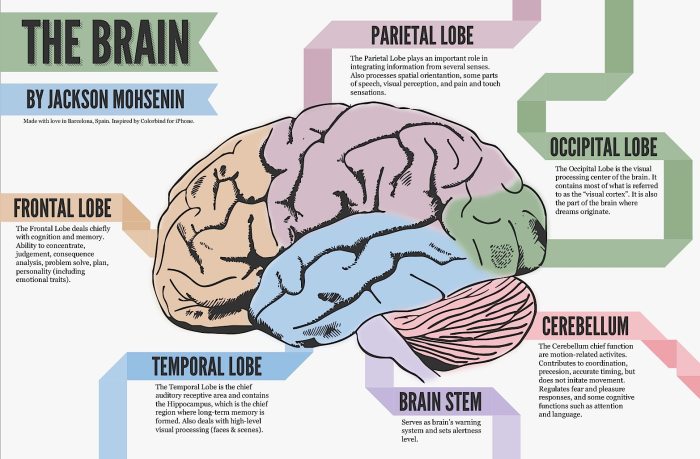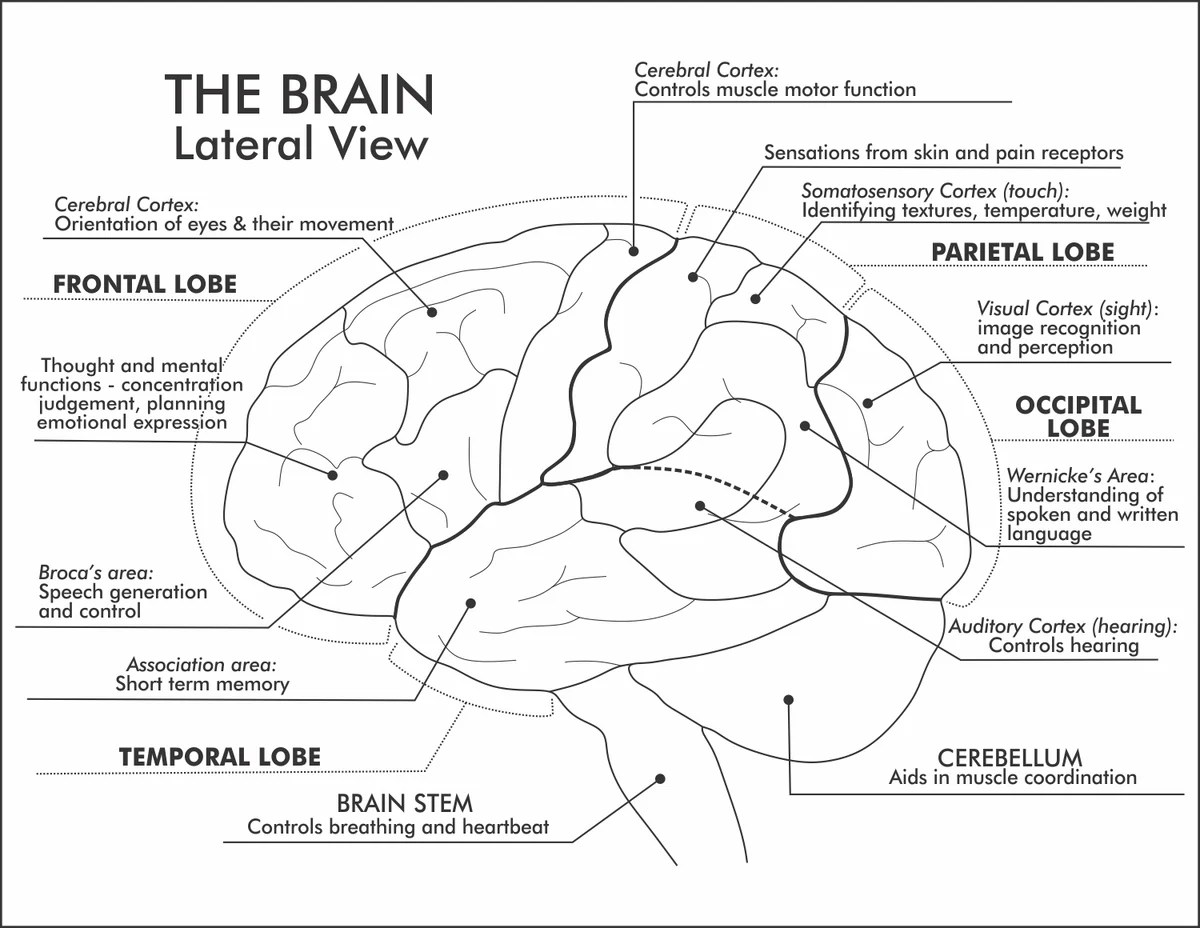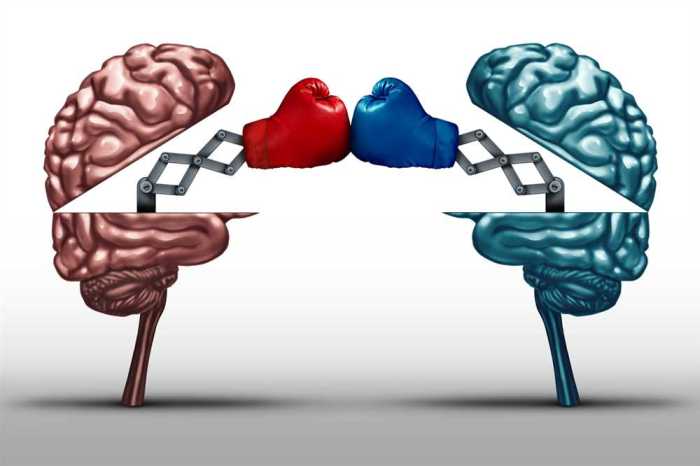Prepare to delve into the captivating realm of the AP Psychology Battle of the Brains Answer Key, a comprehensive guide that unlocks the intricacies of psychological theories. This key serves as a beacon of knowledge, illuminating the path to a deeper understanding of the human mind and behavior.
The Battle of the Brains, a cornerstone of AP Psychology, pits different psychological theories against each other in a battle of wits. By examining the strengths and weaknesses of each theory, researchers gain invaluable insights into the complexities of the human psyche.
1. Key Concepts

The “Battle of the Brains” concept in AP Psychology refers to a methodology that pits two or more opposing psychological theories against each other in an experimental setting. This approach allows researchers to test the validity and effectiveness of different theories by directly comparing their predictions and outcomes.
Examples of how the “Battle of the Brains” is used to test psychological theories include:
- Comparing the effectiveness of different therapies for treating depression
- Testing the validity of different theories of intelligence
- Examining the impact of different environmental factors on behavior
The “Battle of the Brains” approach has several limitations and challenges, including:
- The difficulty in designing experiments that are truly fair and unbiased
- The potential for experimenter bias to influence the results
- The challenge of generalizing the results of a single study to a larger population
2. Historical Context: Ap Psychology Battle Of The Brains Answer Key

The “Battle of the Brains” concept has its roots in the early days of psychology, when researchers began to develop competing theories to explain human behavior. One of the first examples of a “Battle of the Brains” was the debate between Wilhelm Wundt and William James over the nature of consciousness.
Key researchers and studies that have shaped the development of the “Battle of the Brains” approach include:
- Francis Galton’s studies on intelligence
- B.F. Skinner’s work on operant conditioning
- Albert Bandura’s research on social learning
The “Battle of the Brains” approach has evolved over time, with researchers developing new and more sophisticated methods for testing psychological theories. Today, the “Battle of the Brains” is a widely used methodology in AP Psychology and other fields of psychology.
3. Methodological Considerations
Conducting a “Battle of the Brains” experiment typically involves the following steps:
- Identifying two or more opposing psychological theories
- Developing a research design that will allow for a fair and unbiased comparison of the theories
- Conducting the experiment and collecting data
- Analyzing the data to determine which theory is supported by the evidence
Experimental design and control groups play a critical role in “Battle of the Brains” research. The experimental design must be carefully controlled to ensure that the only difference between the groups is the independent variable being tested. Control groups are used to rule out the effects of other variables that could potentially confound the results.
Statistical analysis is essential for interpreting the results of “Battle of the Brains” experiments. Statistical tests can help researchers determine whether the differences between the groups are statistically significant and whether the results support the predictions of one theory over another.
4. Applications in Research

The “Battle of the Brains” approach has been used to advance our understanding of a wide range of psychological phenomena, including:
- The nature of intelligence
- The development of language
- The causes of aggression
- The effectiveness of different therapies for mental health disorders
The “Battle of the Brains” approach has also been used to identify new areas for research and to develop new theories of human behavior. For example, the debate between Wilhelm Wundt and William James over the nature of consciousness led to the development of new methods for studying the mind.
The “Battle of the Brains” approach is a valuable tool for advancing our understanding of human behavior. By pitting two or more opposing theories against each other, researchers can identify the strengths and weaknesses of each theory and develop new and more comprehensive theories.
FAQ Summary
What is the significance of the Battle of the Brains concept in AP Psychology?
The Battle of the Brains concept serves as a valuable tool for testing and comparing different psychological theories, providing researchers with empirical evidence to support or refute theoretical claims.
How has the Battle of the Brains approach evolved over time?
The Battle of the Brains approach has undergone significant evolution, incorporating advancements in experimental design, statistical analysis, and research methodologies, ensuring its continued relevance in modern psychological research.